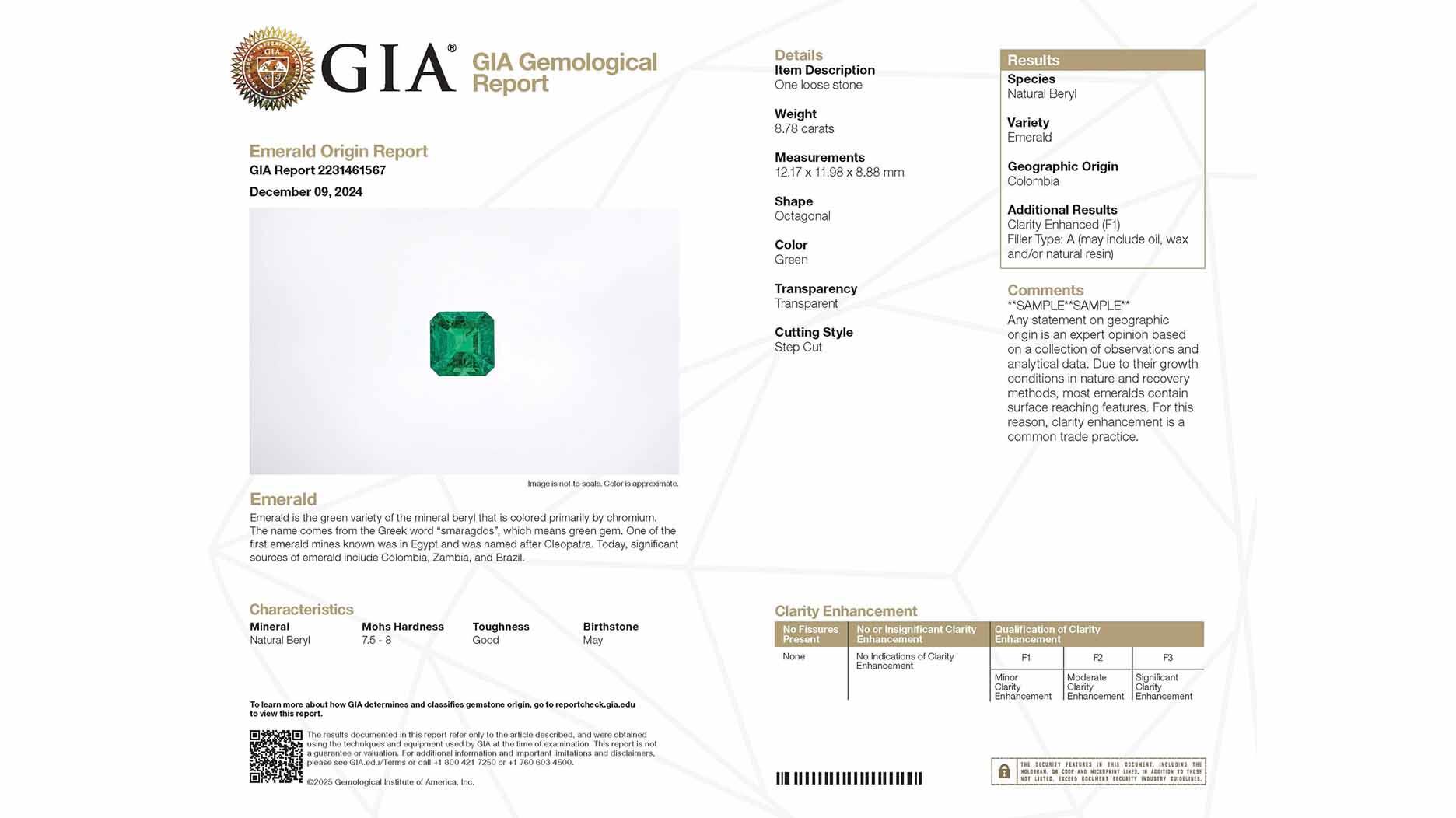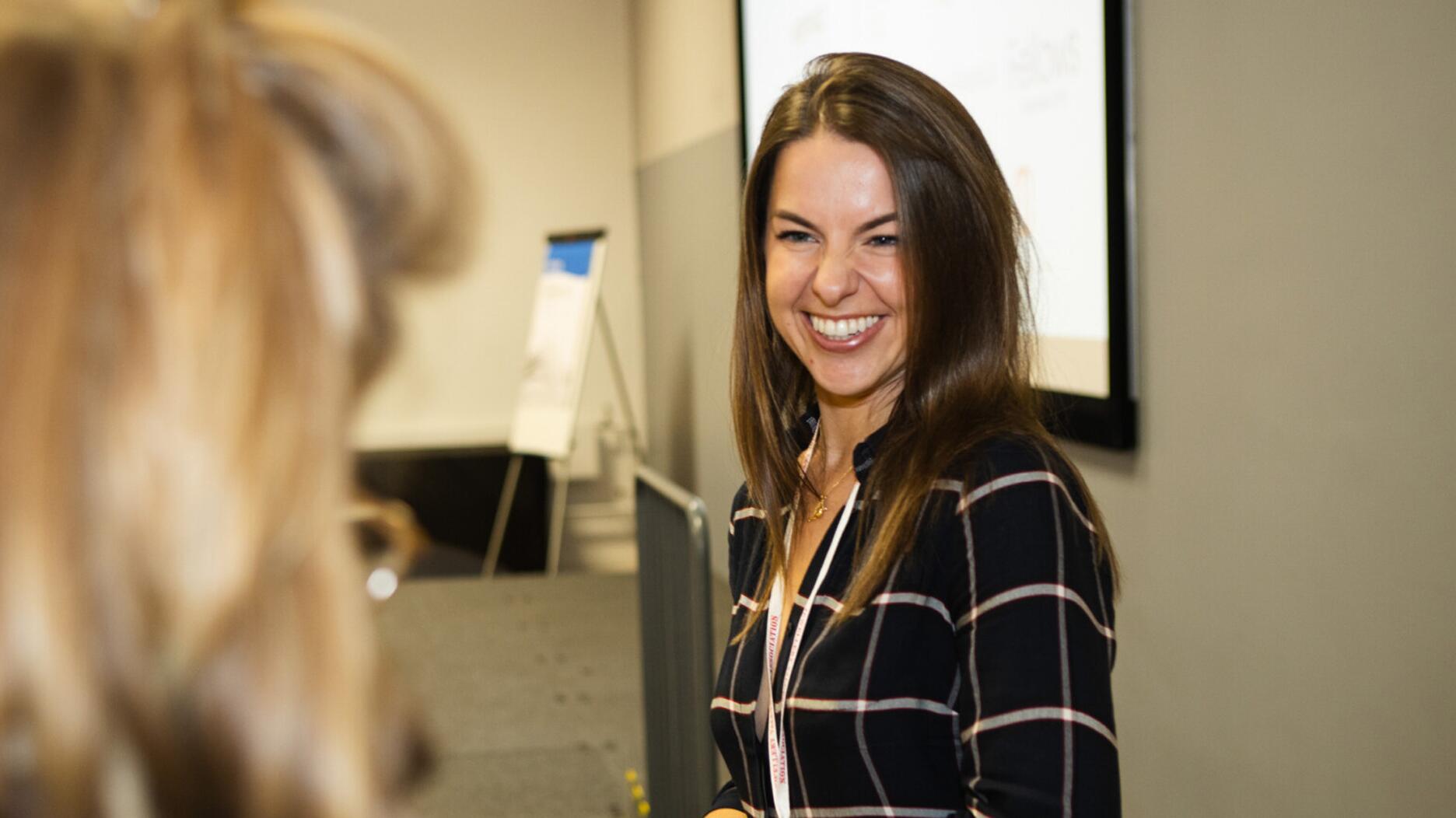Set in a Tiffany & Co. necklace, it sold for $4.2 million, the highest price and price per carat paid for a Paraíba tourmaline at auction.
Gübelin to Develop AI Approach to Gemstone Analysis
The lab is partnering with Swiss research and development center CSEM to automate the determination of gem origin and authenticity.

Lucerne, Switzerland—Gübelin Gem Lab is taking steps to advance gemstone analysis through artificial intelligence.
The lab is partnering with Swiss research and development center CSEM to develop a platform that will automate the process of determining gemstone authenticity and origin, which currently relies heavily on human judgment and analysis.
Gübelin and CSEM submitted a joint project proposal, titled “Gemtelligence—Software Development for the Automated Analysis of Gemstones,” to Innosuisse, a government institute that promotes science-based innovation.
Innosuisse approved the project, and now the Swiss government will grant CHF 600,000 (about $655,000) toward it, Gübelin said.
The lab said it chose CSEM as its partner because of the center’s expertise with complex and diverse sets of data.
The cutting-edge project will include assessing and evaluating the various types of analytical data generally collected in modern gem labs, including traditional gemological data like microscopic and macroscopic descriptors and observations, color parameters, size, optical parameters and fluorescence behavior.
It also will include more modern data, such as FTIR (Fourier-Transform Infrared Spectrometer) and UV-Vis-nIR spectra, Raman spectra, and chemical trace and ultra-trace element composition.
The two companies will develop machine-learning-based algorithms to evaluate standard gem characteristics, using existing sets of data as a base: a catalog of the tens of thousands of client gemstones the lab has tested since the 1970s along with the Gübelin Reference Stone Collection comprising more than 27,000 gems.
Gübelin Managing Director Daniel Nyfeler said the new technology will increase the consistency and reliability of gem lab results, reduce human error and allow for the scalability of gem testing services.
The project is expected to span three years but will yield results that likely will be integrated into the daily work of the lab earlier than that, Gübelin said.
Philipp Schmid, head of Industry 4.0 and Machine Learning at CSEM, said: “We are dealing with data with different degree of structuring, ranging from spectra and chemical element concentrations to microscopy images, handwritten descriptions and subjective reflections by various experts. The goal is to create a kind of super-expert, working hand-in-hand with the human experts.”
Gübelin said it started using automated data evaluation about 10 years ago, mostly for large sets of chemical data and to harmonize gem interpretations throughout its labs.
The use of AI in gemology has largely been a support tool up to now, but that is changing.
In addition to Gübelin’s project, the Gemological Institute of America also is
The Latest

The jeweler’s “Deep Freeze” display showcases its iconic jewelry designs frozen in a vintage icebox.

Take luxury gifting to new heights this holiday season with the jeweler’s showstopping 12-carat sphene ring.

How Jewelers of America’s 20 Under 40 are leading to ensure a brighter future for the jewelry industry.

This year's theme is “Unveiling the Depths of the Ocean.”


In its annual report, Pinterest noted an increase in searches for brooches, heirloom jewelry, and ‘80s luxury.

The 111-year-old retailer celebrated the opening of its new location in Salem, New Hampshire, which is its third store in the state.

Roseco’s 704-page catalog showcases new lab-grown diamonds, findings, tools & more—available in print or interactive digital editions.

The new catalog features its most popular chains as well as new styles.

The filmmaker’s personal F.P. Journe “FFC” prototype was the star of Phillips’ recent record-setting watch auction in New York.

The new location in the Design District pays homage to Miami’s Art Deco heritage and its connection to the ocean.

Inflations, tariffs, and politics—including the government shutdown—were among consumers’ top concerns last month.

“Longtime favorite” presenters, as well as first-time speakers, will lead talks and workshops at the annual event in Tucson next year.

Silas Smith of Meridian Metalworks won the challenge with his pendant that blends Australian and American landscapes.

The sale of the 31.68-carat, sunset-hued stone was part of Sotheby’s first series of events and auctions in Abu Dhabi.

Most customers who walk into your store this month have made up their minds. Your job is to validate their choice, Emmanuel Raheb writes.

The collection features characters and motifs from Ukrainian folklore, including an enchanted mirror and a magic egg.

MatrixGold 3.11, the newest version of the jewelry design program, offers more flexibility, precision, and creative control.

The pavilion will be part of the 2026 JA New York Spring show, scheduled for March 15 to 17.

Kadet, a 1994 National Jeweler Retailer Hall of Fame inductee, helped grow the family-owned retailer in the Chicago area and beyond.

Billed as the world’s smallest wearable, Lumia Health’s new smart earrings have a health tracker subtly embedded in the back.

Don’t let those with December birthdays feel blue. Help them celebrate their month with blue zircon, turquoise, and tanzanite.

The new pink sapphire version of the piece dances with its wearer in the brand’s “Icons After Dark” holiday campaign.

A choice that’s generated a lot of commentary, Pantone says “Cloud Dancer” marks a fresh start and encourages relaxation and creativity.

The manufacturer’s holiday campaign features a gift guide filled with trending designs and jewelry that can be personalized.

The man was charged with theft, accused of ingesting the necklace while in a jewelry store in Auckland, New Zealand.

The Florida independent expanded its store from 8,000 to 14,000 square feet, fulfilling the vision of its late co-founder, Jim Dunn.




























